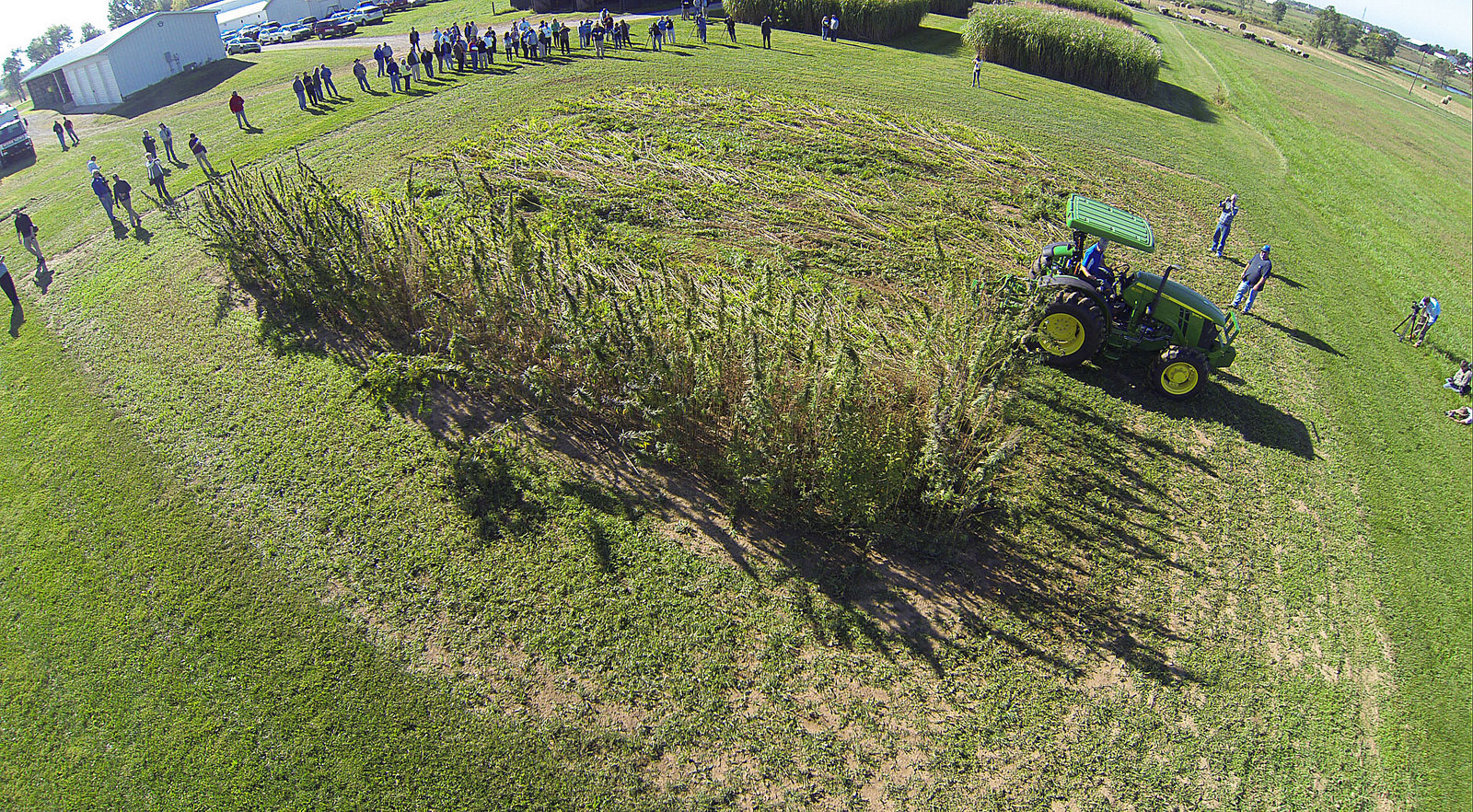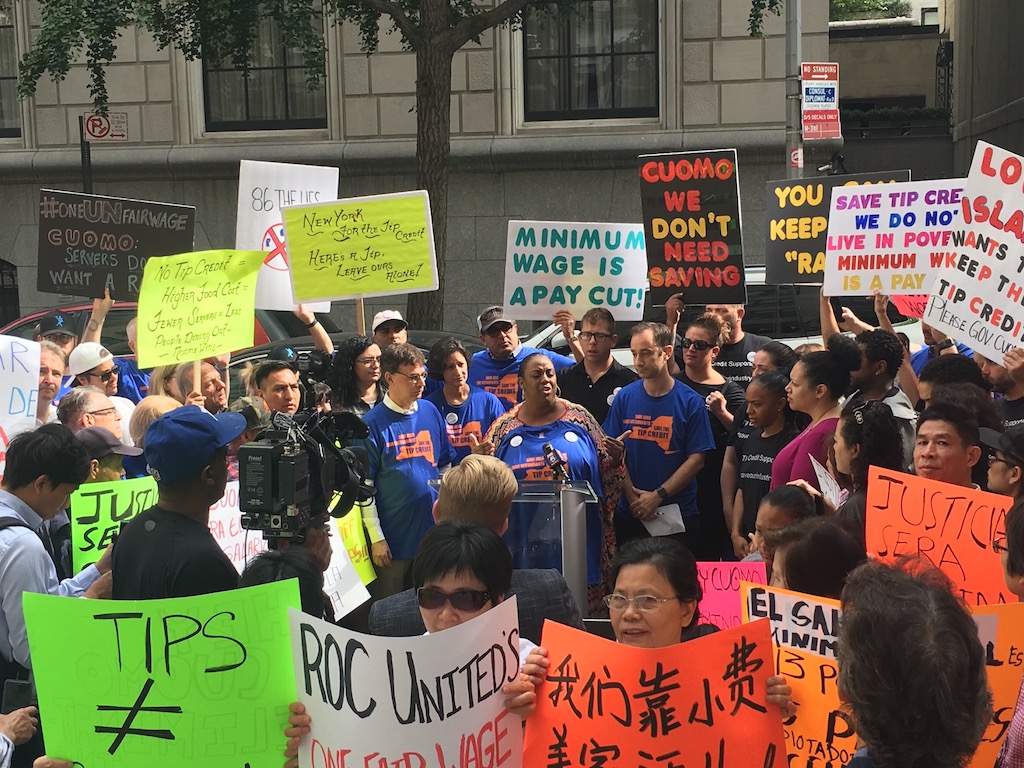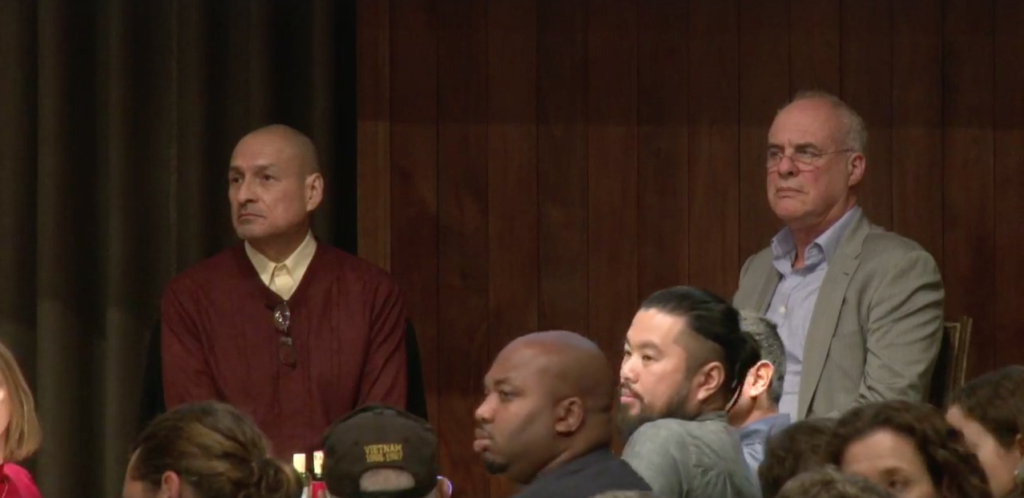Today, in a second vote, the House passed its messy version of the farm bill. As this legislative skirmish gobbles up the headlines, remember that the Senate quietly passed its own version out of committee earlier this month—one that includes a plan to legalize hemp production.
If adopted, that plan would allocate funding for schools that want to conduct hemp research. With this new money, legislators could make huge progress in undoing more than a hundred years of inequality in the way land-grant universities are funded.
But it’s not there yet. As written, the Industrial Hemp Program doesn’t specify which schools can qualify for research funding. With a few strokes of the pen, however, legislators could make a tiny change to reserve that money for land-grant universities, a change that would be largely invisible to a casual observer. But for Historically Black Colleges and Universities (HBCUs), it could provide crucial support for chronically underfunded research programs. Through this pilot, there’s a real opportunity to start leveling the playing field for HBCUs that have had to jump through hoops since the 1890s to get the same funding their predominantly white counterparts receive automatically.
In 1890, the federal government created 19 HBCU land-grant institutions. These institutions were given money—not land—to establish their presence. Just like the 1862 institutions, they are required to get half their funding from sources other than the federal government. But unlike the 1862 schools, their home states aren’t required to comply with the dollar-for-dollar federal match. What often happens instead is that HBCUs have to come up with the 50-percent match themselves, while nearby 1862 universities receive guaranteed annual federal and state funding automatically.
It may seem like a small difference, but the end result is a large disparity in funding for HBCUs. Lincoln University in Missouri, for instance, has to move money around in its own budget to meet the 50-percent federal matching requirement, which it often falls short of. Between 2000 and 2017, Lincoln University received $103 million in federal funding. By contrast, just 31 miles down the road, another land-grant university—the University of Missouri-Columbia—received $234 million from the state in 2017 alone.
State hemp programs have already begun to close the funding gap in agricultural research at land-grant universities. Of the 37 states that have passed laws regarding industrial hemp, 12 are home to HBCUs and Native institutions classified as land-grant schools.
Most states with hemp laws have established pilot programs that include funding for university research. Some states have gone so far as to make sure that research money is designated for land-grant universities. In North Carolina, for example, the hemp law specifically states that research will be conducted in partnership with North Carolina State University and North Carolina A&T University, which is a HBCU. And Florida cited the University of Florida and Florida A&M University, also a HBCU, as its primary research stations.
Kansas and Oklahoma passed their hemp pilot programs in April and included research funding for institutions like Langston University, a HBCU in Oklahoma, and Haskell Indian Nation University in Kansas. Unlike some of the other states, however, Oklahoma is allocating research dollars to any college or university with a minimum soil science curriculum, reducing the amount of funding open to Langston University, an institution created specifically for agricultural research.
The Industrial Hemp Program outlined in the current Senate Farm Bill would take precedence over existing state programs, leaving an opening for research funding to follow in the same separate-but-unequal model of the past. But the Senate has the opportunity to reserve the research funding for land-grant universities, providing crucial support for historically underfunded schools. Growing hemp can be a lucrative path for HBCUs and farmers of color. However, legislators continue to neglect the need to ensure equity in HBCU funding in the new farm bill.











